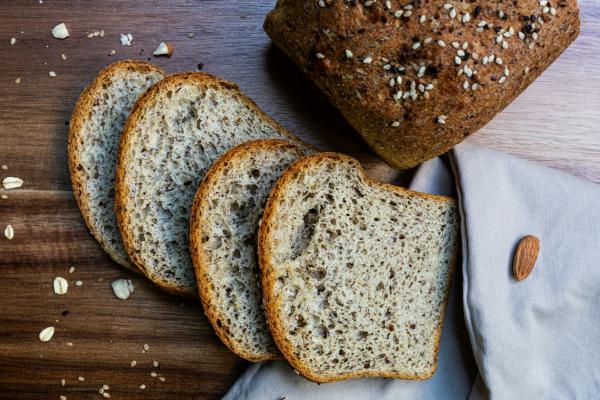


High protein bread has been gaining popularity in recent years as more people seek nutrient-dense alternatives to traditional white bread. With its higher content, this bread aims to satisfy hunger for longer while also providing various nutritional benefits. In this article, we will explore what exactly high protein bread is, its health advantages, different types of high protein bread available, and tips for including it in your diet.
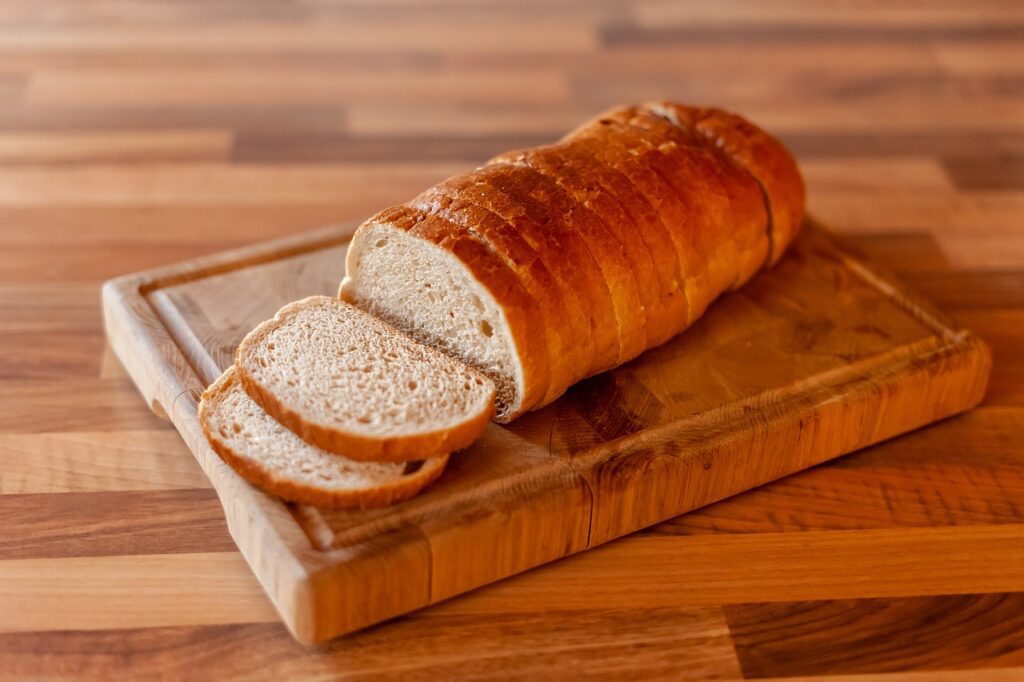
It is a specialty bread that contains more protein than regular one. Proteins are macronutrients that play an important role in various bodily functions like muscle building and repair, hormone and enzyme production, transporting nutrients into cells, and much more. While traditional one contains around 5-10g of protein per slice, high protein bread delivers at least 10g of protein or more per slice.
The extra protein content is achieved through fortification, which involves adding protein-rich ingredients like nuts, seeds, legumes, or dairy to the bread dough. Some common protein-fortified ingredients used in it include:
This protein enrichment allows it to provide sustained energy and greater satiety compared to standard varieties. The extra protein also makes it a convenient way to boost overall protein intake through diet.
It offers some notable nutritional advantages over regular white or wheat bread:
High-quality proteins take longer to digest and provide a sense of fullness. This allows it to keep you feeling satisfied for extended periods compared to lower protein alternatives. Fewer hunger pangs in between meals can help maintain a healthy weight.
Protein plays a vital role in muscle protein synthesis and recovery from exercise. The higher protein content in fortified breads makes them an ideal choice for strength and fitness enthusiasts. Some varieties even contain BCAA amino acids to further support muscle growth and repair.
Depending on the fortifying ingredients, it might deliver more vitamins, minerals, fiber, and healthy fats than regular bread. For example, nut butter varieties are a good source of heart-healthy fats, fiber, vitamin E, magnesium, and more.
Compared to refined carbs, protein takes longer to digest and releases sugars gradually into the bloodstream. This helps stabilize blood sugar and energy levels. Paired with a high protein snack or meal, these breads prevent uneven spikes and drops in blood sugar.
Protein intake supports the absorption of calcium and phosphorus from foods – nutrients critical for maintaining bone density as we age. Regular consumption of high protein bread can contribute to overall bone health.
So in summary, it provides an array of nutritional perks that promote satiety, muscle gain, energy levels, and overall wellness. Its protein punch makes it a smarter choice compared to regular bread.
There are many different types of commercially available high-protein breads offering varying protein contents and fortifying ingredients. Here are some of the most popular varieties:
Most basic protein bread substitutes milk or egg protein for flour, boosting protein to around 15 grams per slice. They work well for toast, sandwiches, or as a meal accompaniment.
Contains ground flaxseeds, a nutrient-dense source of fiber, omega-3s along with about 5 grams of protein per slice. Makes for a lightly sweet and nutty loaf.
Favorite varieties include almond, cashew or peanut butter swirled into the dough. Provides 10-15g protein and healthy fats per slice in a delicious and satisfying package.
Vegan options get protein from pea, soy or lentil flour/protein powder to deliver 10-12g protein without any dairy or eggs. Good for flexitarians and vegetarians alike.
Pairs whole grains like oats, millet, or quinoa with milk or whey protein. Offers a subtly hearty texture and fiber along with 12-15g protein in slices.
Uses nuts, chia, or flaxseeds to boost fiber as well as protein levels. An ideal pairing with high protein lunches and dinners as part of a balanced meal.
With so many varieties to choose from, it’s easy to select the perfect high-protein bread according to taste, nutrition needs, and lifestyle. Experimenting with different types is a good way to keep meals and snacks interesting.
Here are some simple tips to make the most of it and reap its nutritional benefits:
With smart uses in recipes and dietary habits, high-protein bread makes it simple to boost daily protein intake and reap various health advantages. Its convenience factor makes it an easy switch from regular bread varieties.
In conclusion, It is an emerging specialty bread enriching the standard nutrition profile of bread with added protein through fortifying ingredients. Promising health benefits like increased satiety, steady energy, muscle gain, and overall wellness make it a nutritionally superior choice to regular bread options. From basic protein loaves to creative nut butter or plant-based varieties, there are many commercial high-protein breads to choose from and enjoy as part of balanced meals and snacks. With conscious additions to daily intake and recipes, this bread can effortlessly elevate protein consumption to support fitness and health goals.











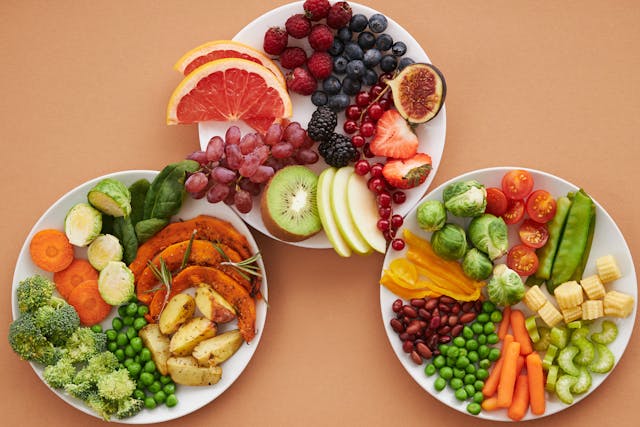


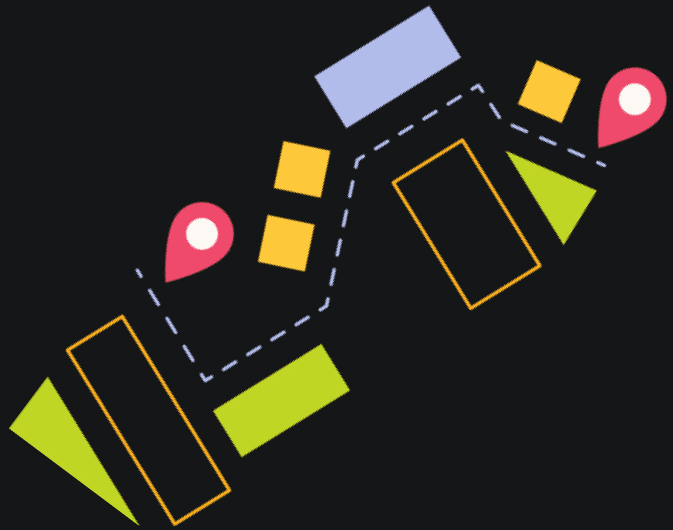

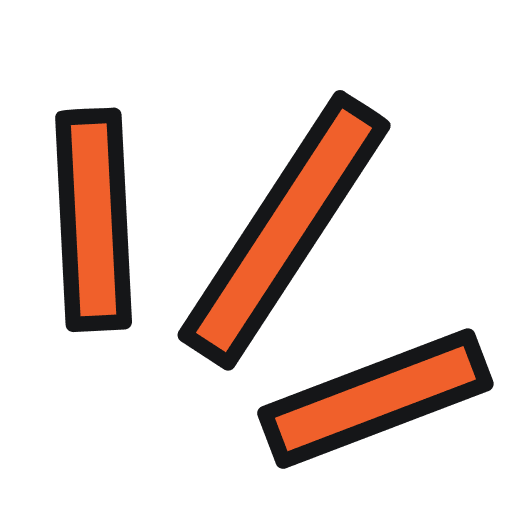



Sign up below to receive exclusive deals and be first to know when delicious new products are coming out.